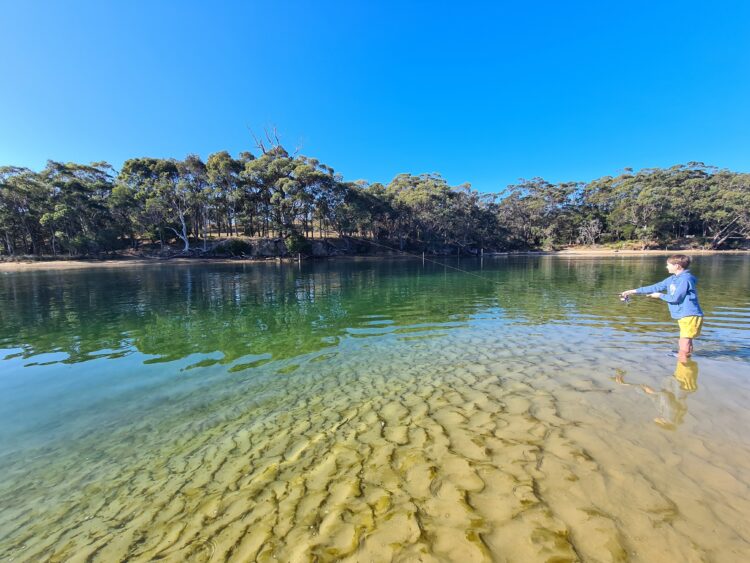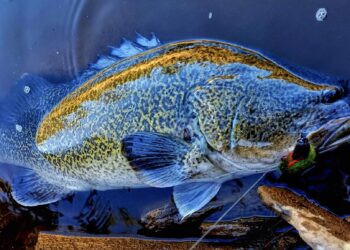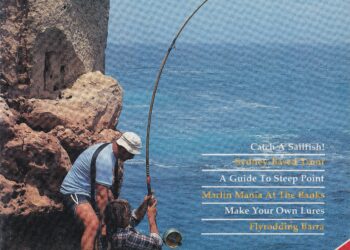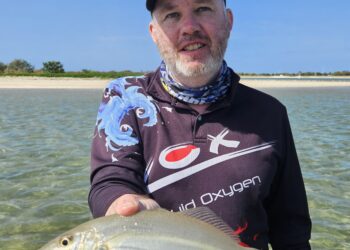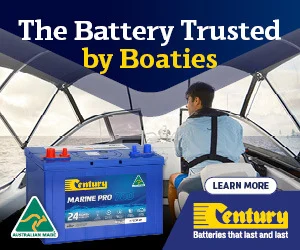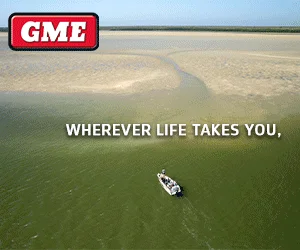CASTING is arguably the most important skill any angler can have. The ability to hit targets with accuracy, or cast a certain distance, can make or break a fisher’s day.
I have been fishing for 45 years and casting is second nature to me. But that doesn’t mean I’ve perfected it.
I can essentially hold my own in just about every situation – from casting tiny lures for alpine
creek trout to throwing large poppers at angry reef fish.
But I’m nowhere near elite – there are anglers who are markedly more adept than me in
every facet. Every outing, though, I’m trying to get better at it – and by better, I mean smoother, more consistent and more accurate.
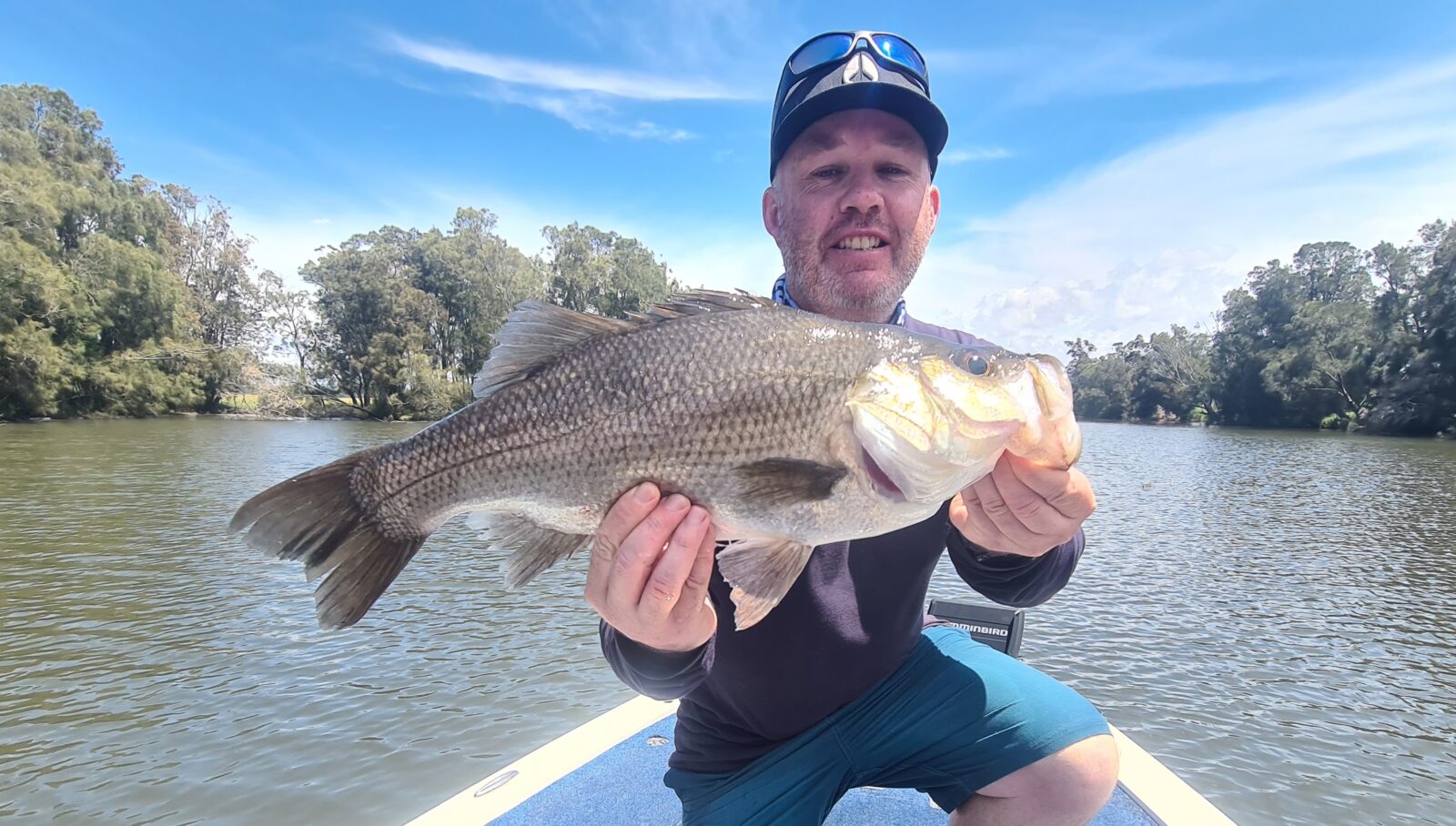
I’m regularly surprised, however, by the number of regular and semi-regular fishos who don’t
seem to value casting as a skill to hone and perfect.
There’s no point buying a flash $40 dollar hard-bodied lure if you can’t land it anywhere near
the fish! Similarly, it’s hard to chase tuna, tailor, salmon and other pelagics from the rocks and
beaches if you struggle with distance casting.
From beginners to seasoned fishers, all of us can benefit from brushing up on our casting
skills. From landing a featherweight soft plastic centimetres from an oyster encrusted snag to firing
a metal slug at a school of bonito 80-metres from shore, skilled casters will inevitably catch a
lot more fish.
Accuracy
I believe casting accuracy is more crucial than casting distance. So many situations, from freshwater to salt, demand near pinpoint lure presentation.
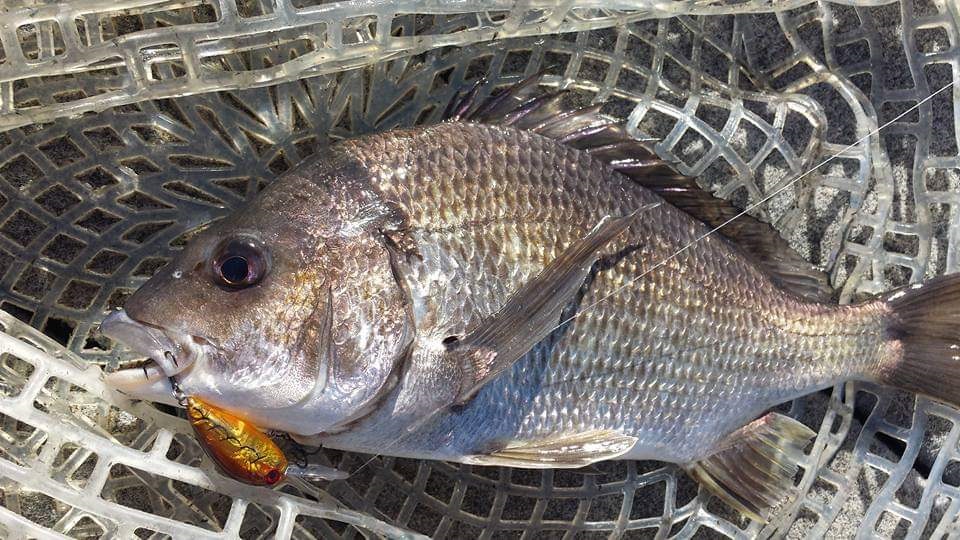
I spin the skinny trout streams of the NSW high country on a regular basis. For the most part, you get one chance to cast to a cruising trout in a likely looking pool. Fluffing your lines tends to send the fish scurrying—and they’ll take most of their mates with them.
I learnt a lot about casting with light spin tackle on these streams. The most important lesson was to be patient. A rushed cast is a recipe for disaster. If you’re being stealthy, the fish aren’t going anywhere. So, take your time, line up your target, and get it right first time.
The same goes for light tackle estuary fishing, especially around structure. I love this form of fishing. Landing a good cast is almost as satisfying as landing a good fish. There’s a real art
to placing a diminutive hard body close enough to a snag to elicit a strike, but not so close
that it gets caught up.
The anglers who do this well all have confidence in their own ability. And confidence only comes from practice and faith in your own system. Get it right, and you’ll connect to some awesome fish. Get it wrong, and you may be down a few dollars!
Distance
Casting a line is like hitting a golf ball or kicking a footy – it boils down to muscle memory, which can only come with practice and repetition.

This is particularly the case with distance casting, which requires a unique level of balance,
coordination and routine.
Beach and rock fishing are two disciplines that demand excellent distance casting skills. While you’re not always searching for distance from the sand or stones, the ability to get your rig beyond the breakers, or far enough to reach that school of feeding fish, is often paramount.
Under the right circumstances, and with the correct gear, good long-range casters can reach distances of 100 metres or more with relative ease.
On the rock platforms I fish for pelagics, casting a metal lure at least 60 metres is a pre- requisite. Sometimes, casts of up to 80-metres are required. So it’s a skill definitely worth honing.
Do you remember those old fishing books which featured instructional photos of anglers practising their distance casting skills on their local suburban oval? This sort of ‘old-school’ practice is useful, especially if you’re a beginner or trialling some new tackle. But there’s no substitute for the real thing.
If you’re going to be a regular on the rocks or beaches, boost your casting skills by practicing where it matters – on the sand or stones. Practicing your casting in a real fishing scenario will fast track your skills and get you accustomed to dealing with factors like the wind and waves. The right balance
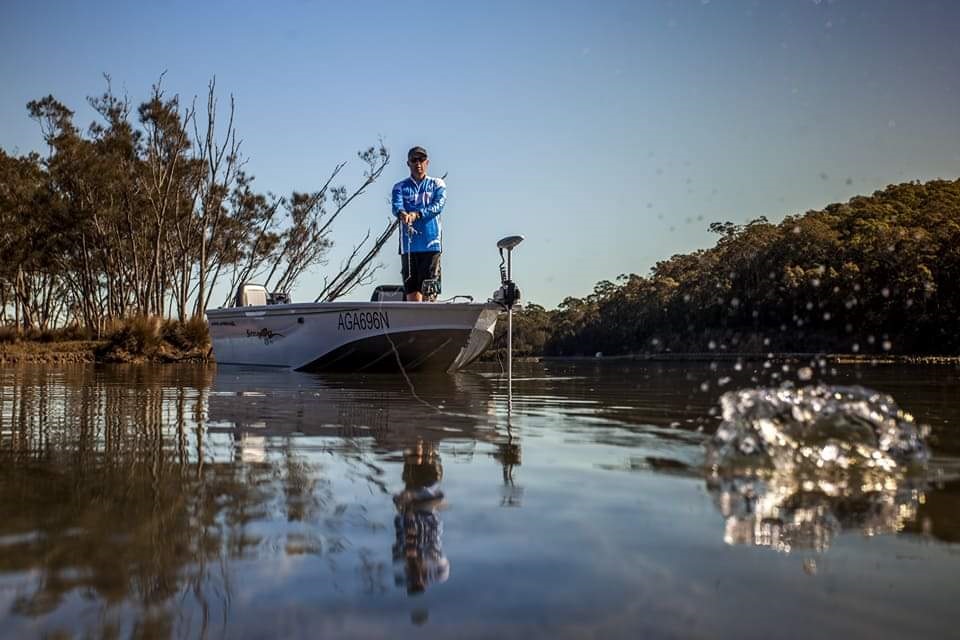
You can’t discuss casting without talking about tackle. Quality, well-balanced tackle makes casting in any fishing scenario a lot easier. Making the right rod and reel choice, correctly spooling line and matching the appropriate lures, sinkers and terminal tackle all make a difference to your casting accuracy and distance.
Legitimate all-round anglers know how to use a variety of tackle – and use it well. Once you build up casting proficiency with standard spin gear, you can extend yourself to baitcasters, sidecast reels and fly gear.
Being a skilled and confident caster with a range of tackle helps to enrich the overall fishing experience and opens up your angling horizons.





